Bushtit Male photos by Larry Jordan
This is the photo of a male Bushtit I took in my front yard on Christmas day 2008, shortly after receiving my new camera, the Nikon D90. I was on a ladder, cleaning out the first of many nest boxes that Christmas morning, when a flock of these little 4 1/2 inch birds flew into the tree. I slowly got down off the ladder, went back into the house to get the camera, and slowly climbed back up the ladder.
To my surprise, the hungry little birds paid me no mind as I snapped off several photos with my newly acquired toy. But here is the strange thing, when I stepped outside Christmas day last week, the flock of Bushtits were in the very same tree as last year! This time I got some shots of this female.
Most field guides describe this bird as a small plain or even drab gray bird with a long tail. However, one of the interesting features of the Bushtit is the stark contrast between the black-eyed male and the intense look of the yellow-eyed female. Even though this is the only difference between the sexes, their plumage varies widely depending on their location and their gregarious nature and acrobatic maneuvers make them a true pleasure to watch.
These entertaining little birds spend most of their time, hanging upside down or sideways or in most any position, gleaning insects from mostly oak trees or coyote bush in the west. Part of the fun is that they travel in flocks of usually ten to forty birds, so when foraging it looks like the tree is alive with movement.
Here she is, gleaning insects from the oak buds.
Out on the Anderson Christmas Bird Count yesterday, I began to get a bit worried that we wouldn’t see any Bushtits. My worries were unfounded though because on one of our last stops we watched as a flock of about twenty of these little balls of energy, along with some Lesser Goldfinches, engulfed a rather large oak tree, giving us a total of 69 species observed by our group. The total species count for the outing was 114. What a fun and rewarding day!

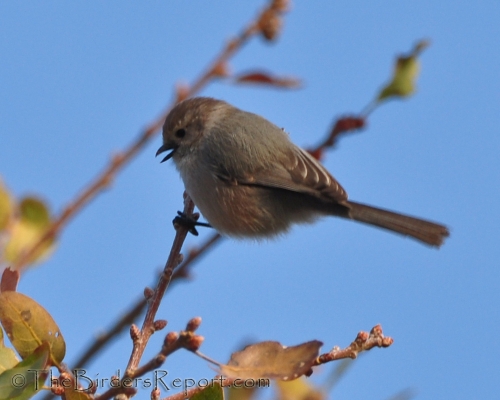
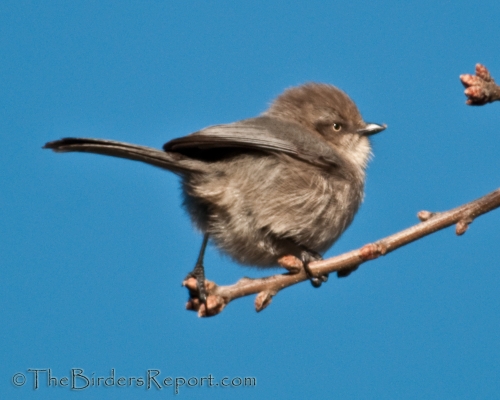
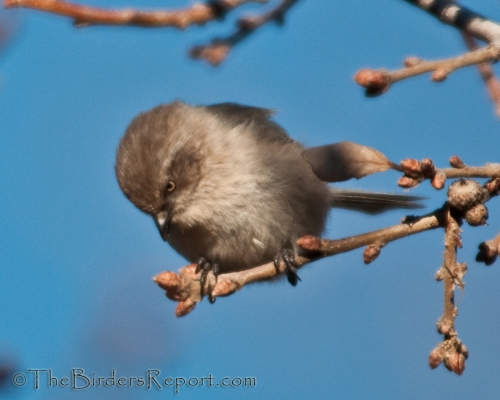
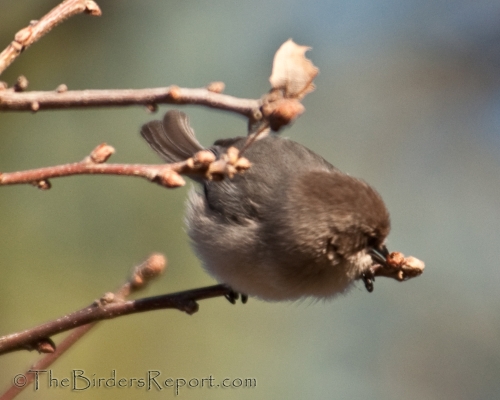
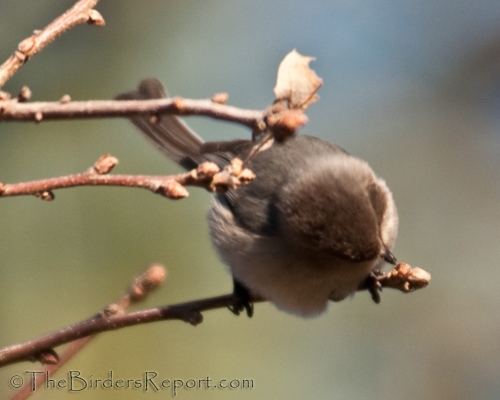
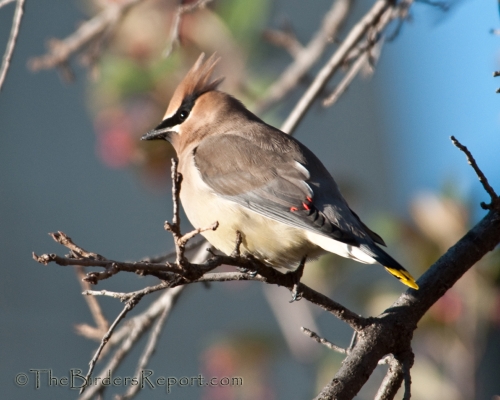
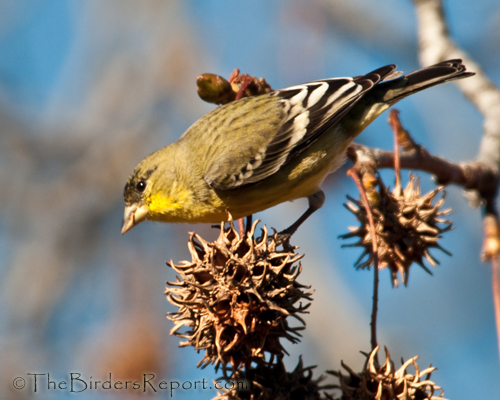
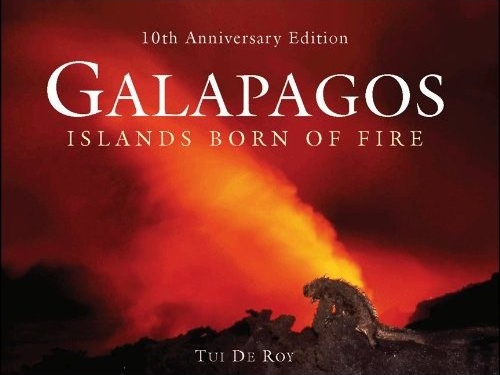
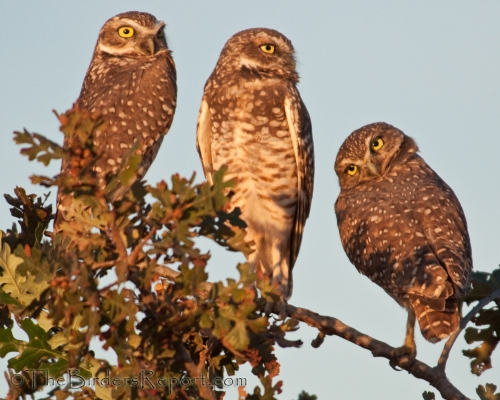
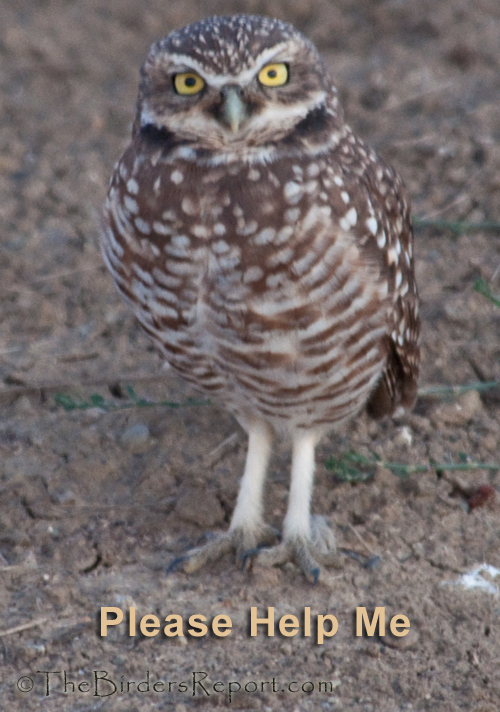
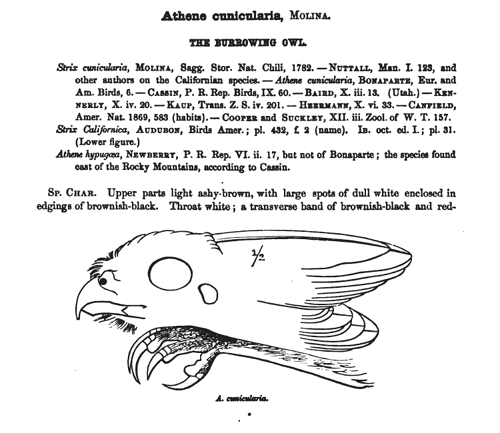
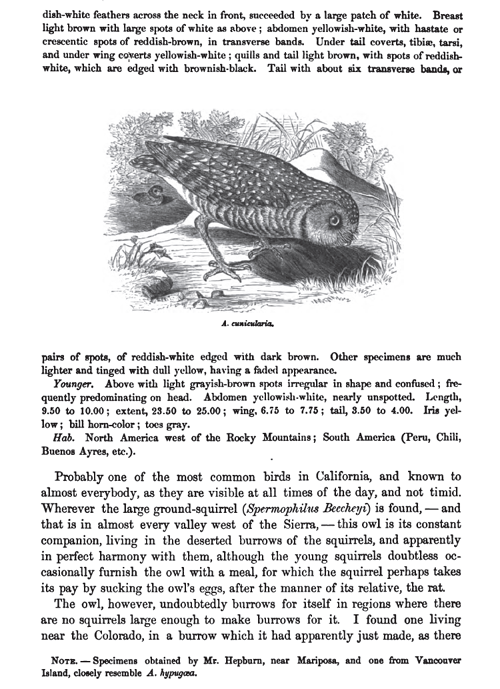
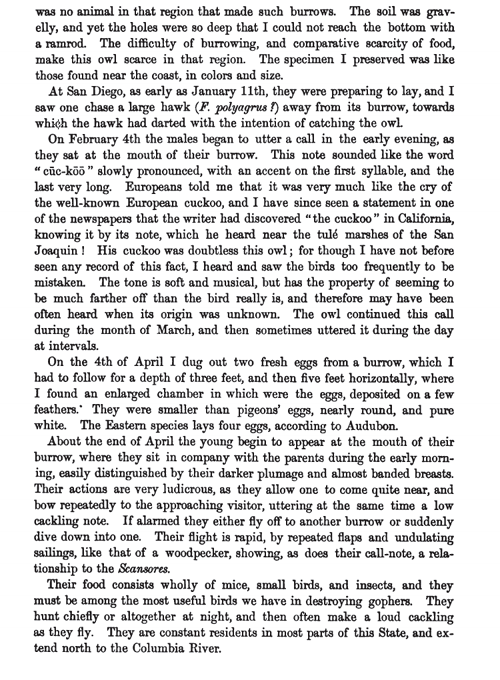



Social Media Connect